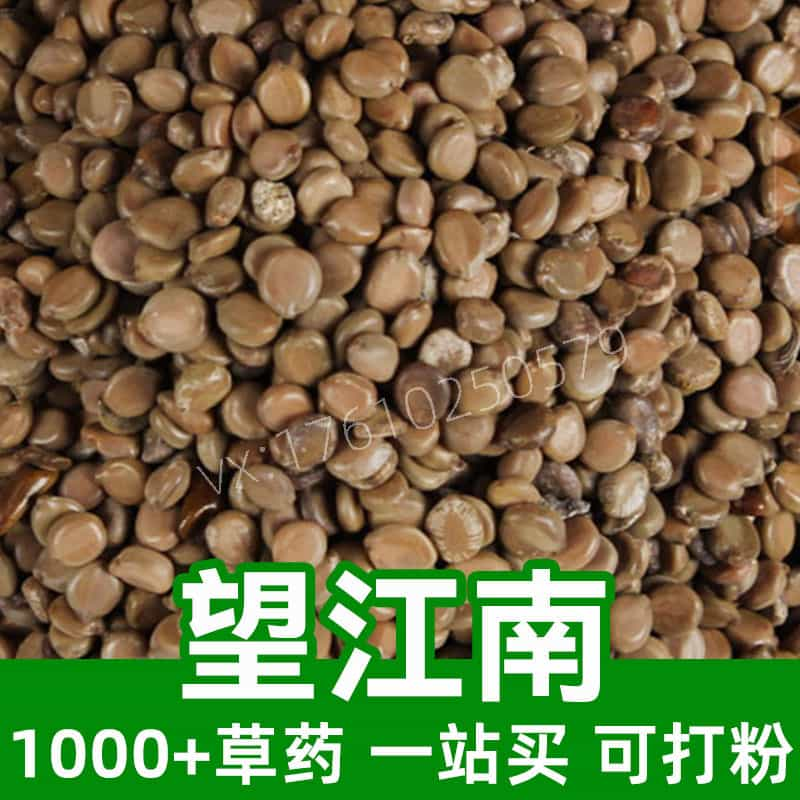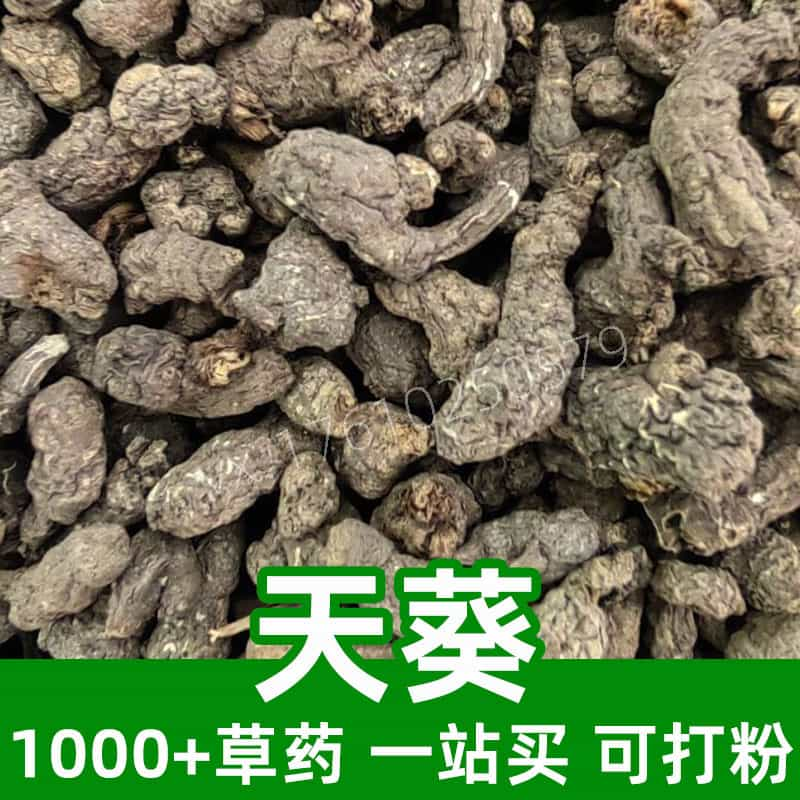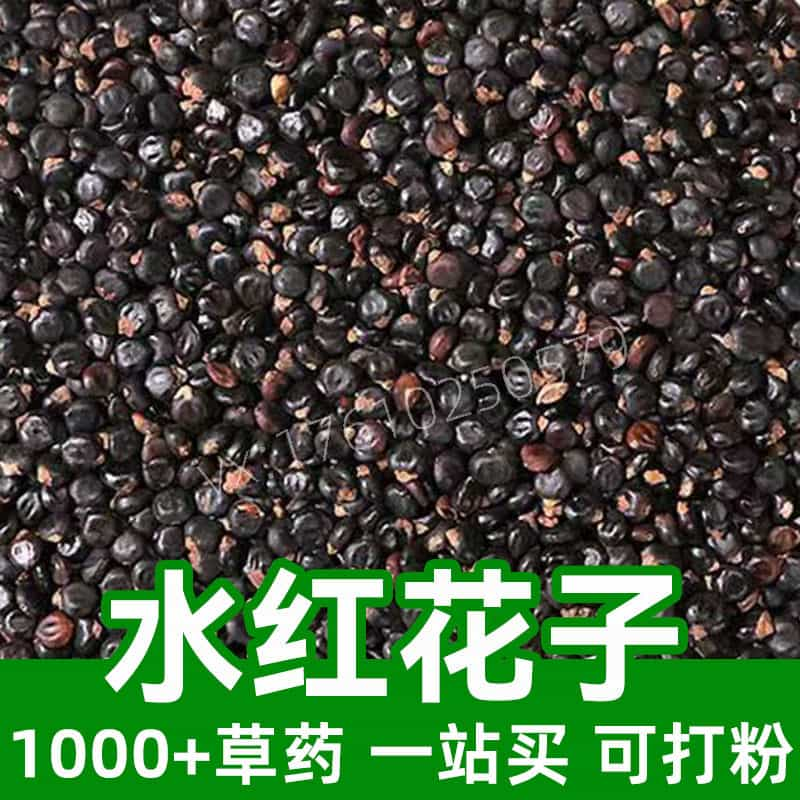Product Introduction
Chicory leaves, derived from the Cichorium intybus plant, possess a unique flavor profile that offers both culinary and medicinal benefits. Traditionally found in Europe, these leaves have gained popularity across various cuisines due to their nutritious content and versatile applications. Chicory is often recognized for its vibrant green leaves that are jagged at the edges and slightly bitter in taste, providing a complex flavor dimension to dishes like salads and soups. They are rich in vitamins A, C, and K, as well as essential antioxidants and dietary fiber, making them an excellent choice for those seeking healthier dietary options.
In Traditional Chinese Medicine (TCM), chicory leaves are used for their purported ability to support liver function and aid digestion. The leaves are typically consumed fresh but may also be dried and processed for longer storage. Regular inclusion of chicory leaves in various diets can enhance overall nutrition and introduce a bitter and refreshing flavor profile to everyday meals.
Main Active Ingredients
Chicory leaves are packed with a host of vital nutrients and active compounds that contribute to their health-promoting properties. Primarily, they are an outstanding source of vitamins, particularly vitamin A, which supports vision and immune function; vitamin C, known for its antioxidant properties; and vitamin K, essential for blood clotting and bone health.
Additionally, chicory leaves are rich in dietary fiber, particularly inulin, a type of soluble fiber that contributes to digestive health and may support gut microbiota. The leaves also contain flavonoids, which are known antioxidants that help to combat oxidative stress within the body. Furthermore, chicory’s bitterness is attributed to its unique phytochemicals, including chicoric acid, which may play roles in metabolic processes.
The mineral content is also noteworthy; chicory leaves contain potassium, calcium, and magnesium, which are essential for numerous bodily functions, including muscle contraction and nerve transmission. As a whole, the abundance of vitamins, minerals, fiber, and antioxidants in chicory leaves underscores their nutritional value, making them a staple in both culinary and medicinal applications.
Product Application Scenarios, Usage, and Dosage
In the culinary world, chicory leaves are prized for their versatility and unique flavor. Fresh, young chicory leaves can be used as a salad base, providing a bitter contrast to sweeter ingredients. They are often sautéed, boiled, or added to soups and stews, where their robust flavor can complement various dishes.
In terms of Traditional Chinese Medicine, chicory leaves are generally used in herbal formulations aimed at enhancing digestive health and supporting detoxification processes. When used in this context, the leaves can be consumed fresh, brewed into teas, or incorporated into innovative recipes. While exact dosages can vary depending on individual health needs, a typical recommendation for culinary purposes is around 20-30 grams of fresh chicory leaves per day.
It’s important to prepare chicory leaves properly to enjoy their benefits; fresh leaves should be washed thoroughly to remove soil and contaminants. When added to herbal teas, steeping a small handful of leaves in hot water for 5-10 minutes can yield a refreshing beverage.
By being mindful of how they are incorporated into our diets, chicory leaves can serve as not just a nutritious addition but also as an integral herb in the diverse world of traditional herbal medicine.
Introduction to the Source Plant, Distribution, and Growth Environment
Chicory, known scientifically as Cichorium intybus, is a perennial herbaceous plant belonging to the Asteraceae family. Native to Europe, chicory has adapted and spread across several regions around the world, thriving in temperate climates. It typically grows in disturbed soils, wastelands, and along roadsides, showcasing its resilience and adaptability.
Chicory prefers well-draining soil and can flourish in a variety of conditions, whether it’s full sun or partial shade. The roots of the chicory plant are often harvested and processed for use, but the leaves hold significant value in culinary and medicinal applications.
In addition to its adaptability, chicory is also notable for its beautiful blue flowers, which bloom during summer and attract pollinators such as bees. The cultivation of chicory dates back centuries, and today it is farmed extensively for both its leaves and roots, the latter of which are often roasted and ground as a coffee substitute.
Chicory grows well in nutrient-rich soil, and farmers often cultivate it with care to optimize leaf growth. The plant can be found in numerous regions worldwide and is commonly included in home gardens, allowing for easy access to fresh leaves for culinary and medicinal use.
Harvesting, Processing, and Storage
Harvesting chicory leaves is typically conducted when they reach a desirable size, usually in the late spring to early summer. The best practice involves cutting the young leaves just above the soil level, ensuring that the remaining plant continues to grow. It is advisable to harvest chicory in the cooler morning hours, which helps preserve its crispness and nutrients.
Post-harvest, it is crucial to handle chicory leaves delicately to prevent bruising. The leaves should be cleaned gently using cool water to remove any dirt or debris. Once washed, they can be used fresh or prepared for drying.
For processing, if a drier form is desired, the leaves can be spread out in a single layer in a cool, dark place to air dry. Once fully dried, they can be crumbled or stored in airtight containers. Properly dried chicory leaves can last for several months when stored in a cool, dark place.
For fresh storage, chicory leaves should ideally be placed in the refrigerator in a plastic bag with some moisture retained, allowing them to stay fresh for up to a week. It is recommended to consume the leaves shortly after purchase to fully enjoy their flavor and nutritional benefits.
Overall, careful harvesting, processing, and storage are critical to maintaining the quality of chicory leaves, ensuring that they remain a valuable addition to both culinary and herbal applications.
Monica Sun is a seasoned expert in the natural raw materials industry, with over a decade of experience specializing in traditional Chinese medicinal herbs, spices, and fungi. She is skilled in the sourcing, processing, and application of these materials, emphasizing sustainability and innovation. Monica Sun has contributed to the development of high-quality natural raw materials that serve as essential components in functional foods, pharmaceuticals, and cosmetics, delivering tailored solutions to meet diverse market needs.













